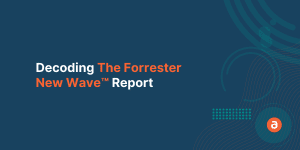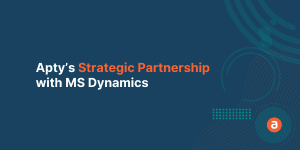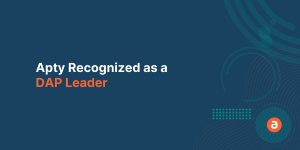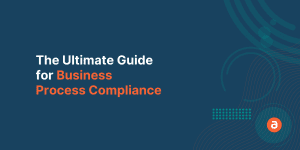Digital technologies are helping businesses like never before to take the modern approach and revamp their business models. In the recent past, due to the obvious disruptions brought about by the pandemic, companies have opted for the ad-hoc route. But this is not sustainable unless they are able to maximize the value generated from the deployed technologies.
And this is where the problem lies – Companies are unable to measure the value that these modern applications are generating for their business. They need a comprehensive Digital Transformation Platform that can help them to analyze how any application is adding value to the organization in this digital age.
It will not only tell businesses the value that the application generates but will also help the organization to find applications that are not providing any competitive value to the business and revisit the investment.
What is Digital Transformation Platform?
A Digital Transformation Platform helps to understand the current state of business processes and helps businesses to create new digital structures to overcome the gaps that may exist.
It helps organizations to stitch new business models, define new value propositions and create new roadmaps. The ultimate aim is to increase employee efficiency, create value for customers and boost the ROI using the latest digital technologies.
The current state of Digital Transformation Platforms
Business leaders understand the importance of Digital Transformation Platforms but their interpretation varies drastically from one organization to another.
These tools help you to understand the user behavior, process efficacy and provide you with ways to make the digital transformation initiatives a success. This can be achieved using a single tool or combination of multiple applications but the end goal is to use the technology to the fullest potential to drive business outcomes.
Companies need to opt for Digital Transformation Platforms as they can help with the 4 phases of transformational analysis and execution.
Layer 1: Process efficacy understanding
Digital Transformation Platforms are equipped with activity trackers that can analyze the engagement rate of any web-based application that your employees use. It helps businesses to set the path that employees follow to accomplish a task without them knowing about it.
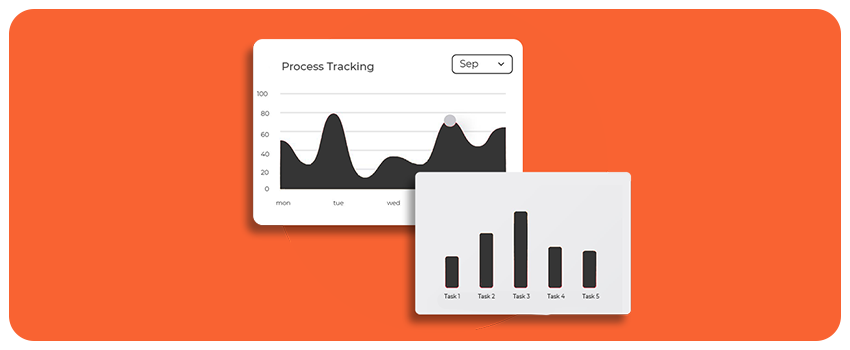
This way organizations can not only measure the efficiency of their employees but also gauge the effectiveness of their processes.
It helps them identify the gaps that exist in the employee learning process or overall business processes.
You can also drill down further because modern digital transformation platforms come with solid segmentation features that help to pinpoint each challenge with each user group, which you can tackle accordingly in a personalized manner.
Layer 2: Content-gap analysis
Once the organization improves its processes, businesses create content like walkthroughs, data validations, PDFs, PPTs, and videos via Digital Transformation Platforms based on the analysis from the previous phase.
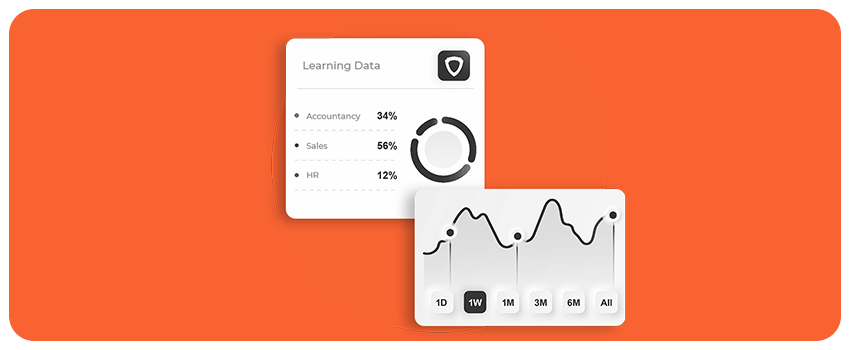
It is not wise to assume that the content created at this stage will be perfect. An organization has to continuously analyze and improve it to satisfy the needs of its employees.
With Digital Transformation Platforms, companies can gain insights on content’s effectiveness – identify those that are working and those that aren’t. Based on this, they can improve the content and help their employees to accomplish their tasks in an intended manner.
The aim is to understand users at a granular level and not overwhelm them with too much information. With content-gap analysis, you can target employees with relevant content that empowers them and helps them to accomplish their goals.
Layer 3: Goal-oriented measure
You can create Goals using Digital Transformation Platforms like Apty. These can be created and refined, based on the application that is used by the organization.
Creating goals within the Digital Transformation Platform ensures that everyone in the organization is on the same page. It also helps to get a better understanding of the priorities.
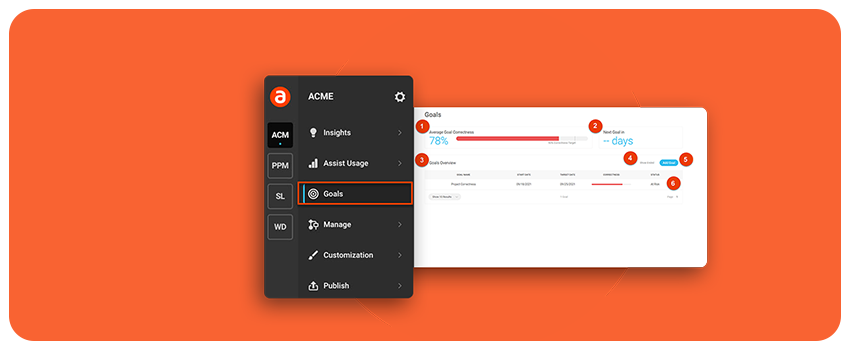
Once the goals are set, it is important to track the progress of your business process goals. Not only that, but it also enables you to measure the completion rate.
It ensures that the path taken to complete the goals is in line with the guidelines of the organization. This helps you to improve the compliance of the users and guide them better with tools like Apty.
The ultimate aim of using the goal-based approach in this phase is to check the completion rate and the accuracy levels, to ensure that employees are in compliance with the processes while finishing a task.
It ensures that businesses receive clean data which, in turn, helps decision-makers to make crucial decisions.
Layer 4: Digital adoption optimization
The success of digital transformation heavily relies on digital adoption. Digital Transformation Platforms help you to learn about the current state of digital adoption by providing you stats like engagement rate, average session, objective completion rate, correctness probability, and more.

If the overall digital adoption is at risk, you get to know about it beforehand and push alert notifications to the particular segment of users who need the extra push.
You can customize the message, walkthroughs, videos, or any other training content that may guide them to accomplish the task that they were unable to complete.
This type of approach is far more effective than any other communication channel and it improves the adoption rate.
Further, the stats provided give you in-depth insights on the gaps that can be filled, the processes that can be improved, and support content that need a revamp.
All this helps the organization to optimize the digital adoption process and create a personalized experience for every segment of employees.
Digital Transformation Platforms will unlock Digital Value
These 4 phases of transformation analysis are just starting points of getting your transformational efforts right. The continuous tracking of your digital transformation initiatives will help you achieve process efficacy and boost employee productivity.
There is always scope for improvement but by using a Digital Transformation Platform, those opportunities become relatively easy to identify. Creating Dx strategies becomes easy and the scope for innovation increases to stay competitive in the ever-changing digital world.


